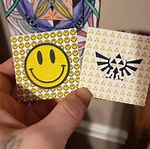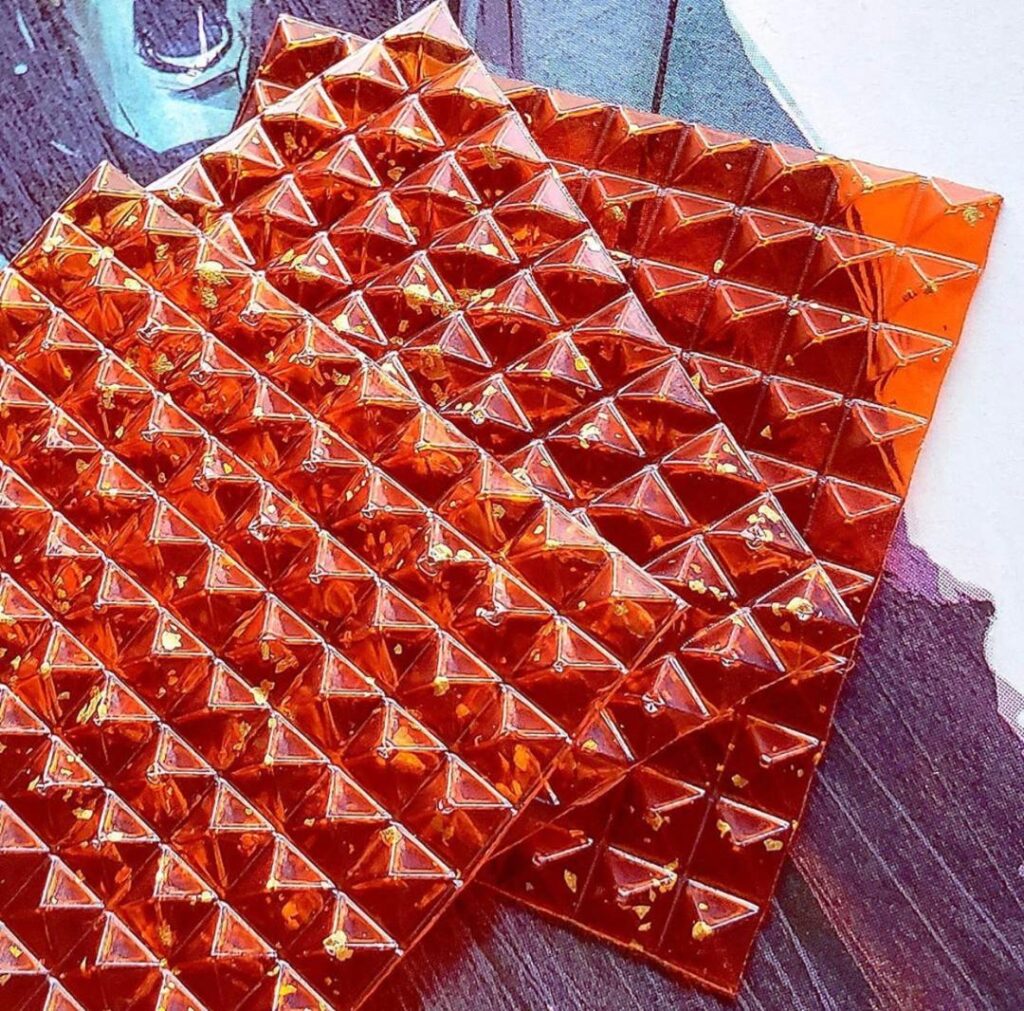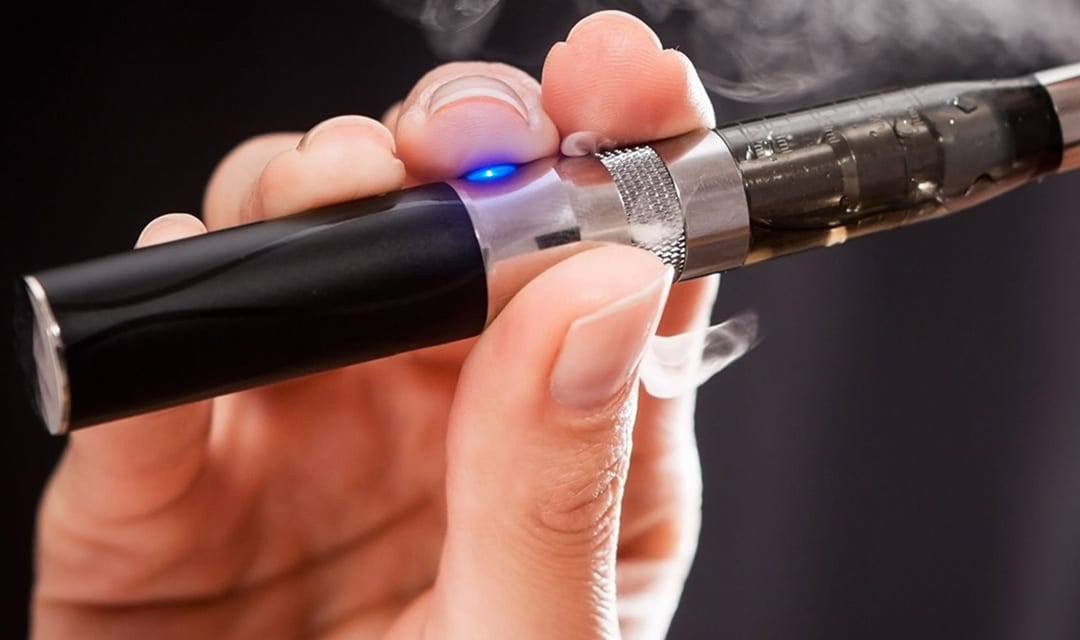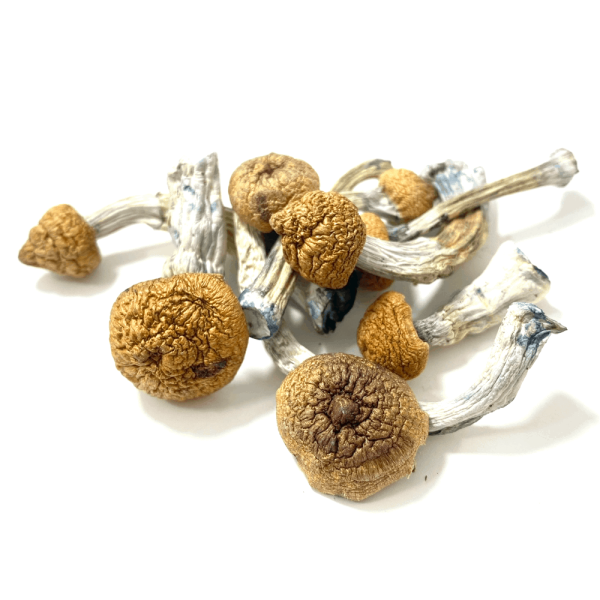LSD, short for lysergic acid diethylamide, is one of the most potent and well-known hallucinogenic substances. Since its discovery in 1938 by Swiss chemist Albert Hofmann, LSD has fascinated the scientific community, psychonauts, and artists alike. Its profound effects on perception, mood, and thought make it a unique tool for exploring consciousness. This blog post will delve into the various forms of LSD, their effects, and how they are commonly used.
What Is LSD?
LSD is a synthetic compound derived from ergot, a fungus that grows on rye and other grains. It is classified as a hallucinogen, meaning it profoundly alters perception, thought, and mood. Even in extremely small doses, LSD can cause vivid visual and auditory hallucinations, time distortions, and deep psychological introspection.
Common Forms of LSD
LSD is commonly distributed in several forms, each with unique characteristics. The choice of form often depends on personal preference, availability, and the intended setting for use.
Blotter Paper
Blotter paper is perhaps the most iconic form of LSD. Small squares of absorbent paper are soaked in an LSD solution and then dried. These squares, often decorated with colorful designs or images, are then cut into tabs. Each tab typically contains a single dose of LSD, though the actual dosage can vary. Users place the tab under their tongue or simply swallow it, allowing the drug to be absorbed through the mucous membranes or the digestive system.


Liquid LSD
LSD can also be found in its pure liquid form, often stored in small dropper bottles. This liquid is highly concentrated, and just a few drops can contain a significant dose. Liquid LSD can be administered directly under the tongue, added to a beverage, or dropped onto sugar cubes, candy, or even blotter paper for future use. The potency of liquid LSD makes it crucial for users to measure doses carefully to avoid accidental overdoses.

Gel Tabs
Gel tabs are another popular form of LSD. These small, gelatinous squares are infused with LSD and are similar in size to blotter paper tabs. They are often brightly colored and can have a slightly different texture than blotter paper. Gel tabs are consumed in the same way as blotter paper, either by placing them under the tongue or swallowing them.

Conclusion
LSD remains a substance of great interest both for its historical significance in the counterculture movement and its potential for unlocking new dimensions of the mind. However, its powerful effects mean that it should be approached with respect and caution. Whether in the form of blotter paper, liquid, or gel tabs, understanding the different forms of LSD and their effects is key to a safer and more informed experience. As with any substance, responsible use, awareness of the legal implications, and consideration of one’s mental health are paramount.




